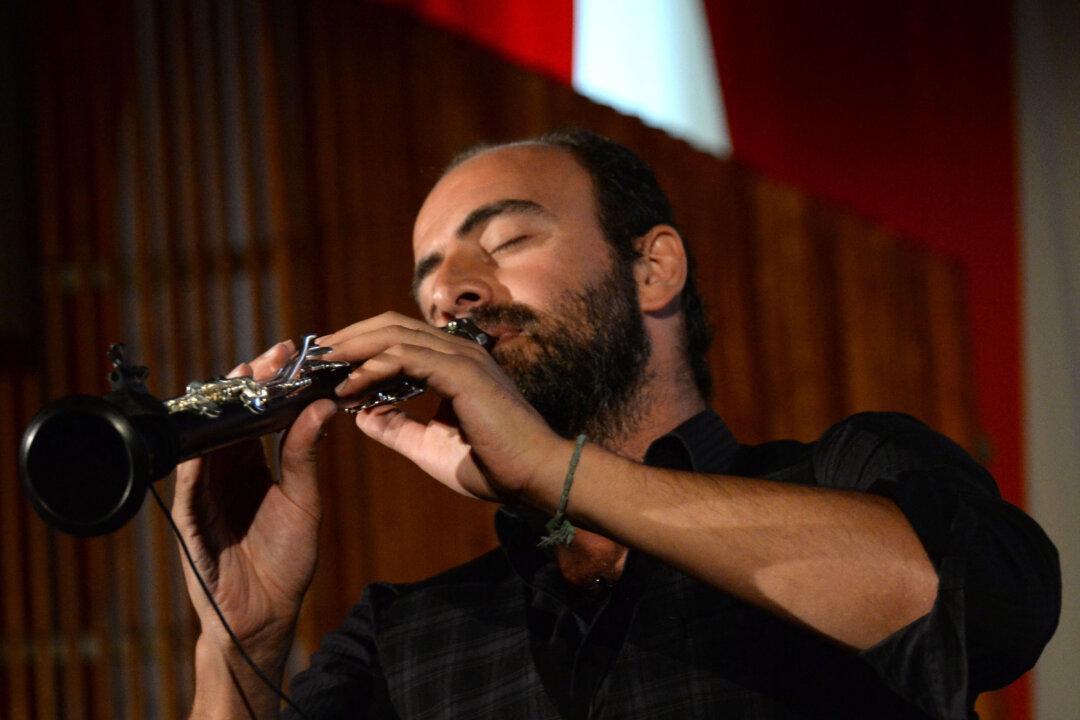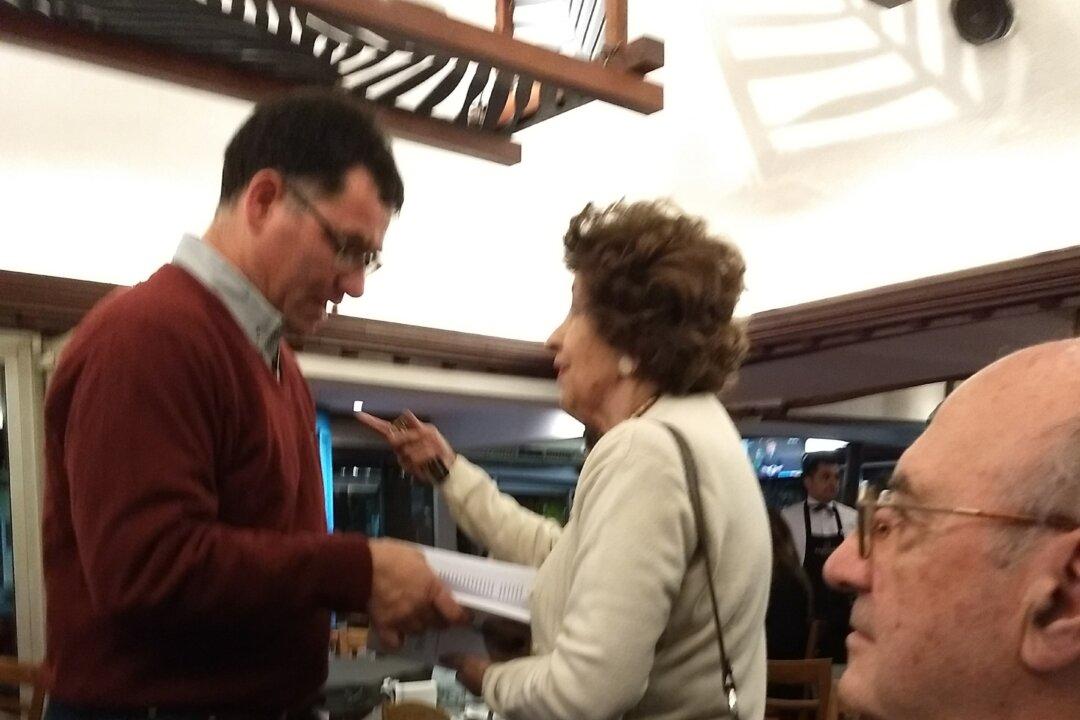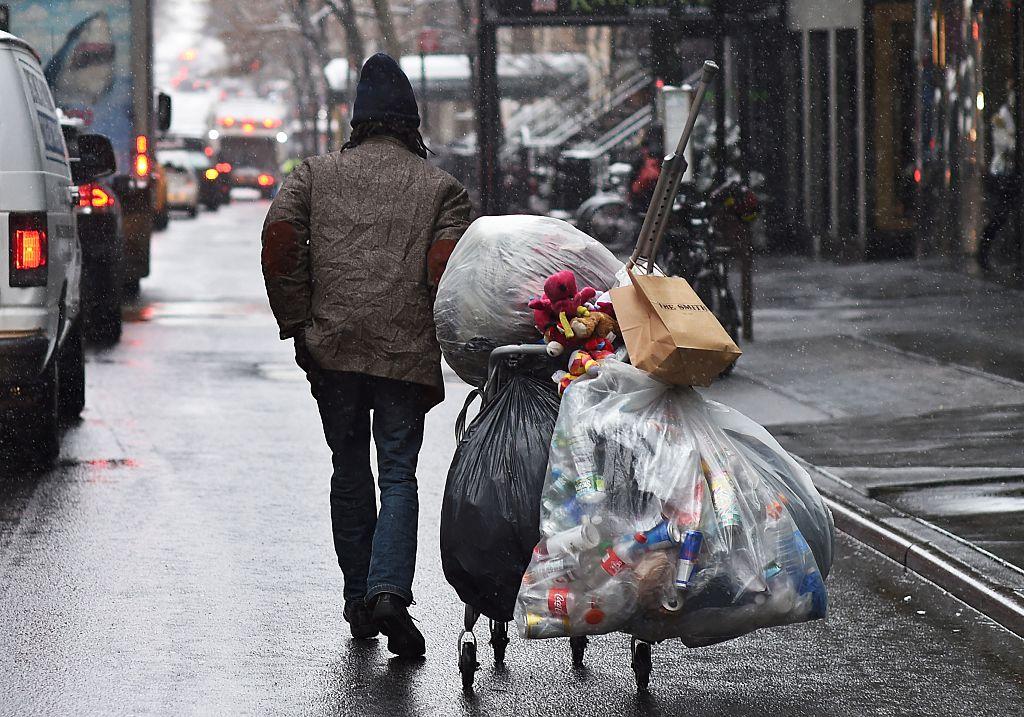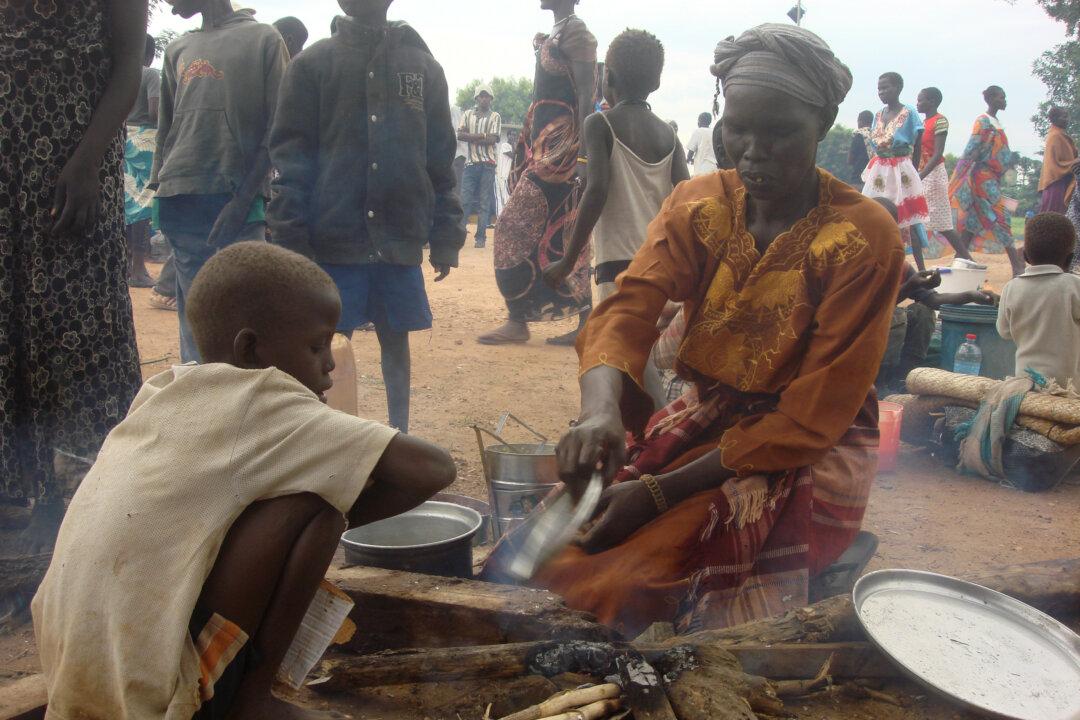I just saw an incredible performance by two remarkable Syrian artists, Kinan Azmeh and Kevork Mourad, working together against the horror ravaging their country and in support of the Syrian refugees. Their performance, called Home Within, was presented at the Miller Theater at Columbia University in New York.
Their work is an audio-visual intended to reflect the current nightmare in Syria and its consequences. Home Within, which has toured through North America and Europe, interweaves illustrations, visual aids, and original compositions.
Through their combined efforts, both Azmeh, a clarinetist, and Mourad, a painter and visual artist, offer their personal interpretation of the events now happening in Syria that have shattered the conscience of people of good faith worldwide. That they are two remarkable artists makes their work even more powerful.




